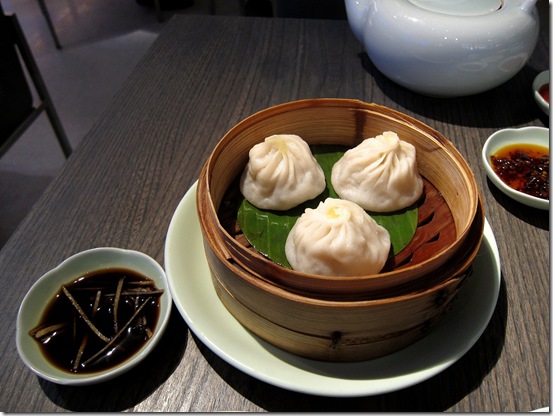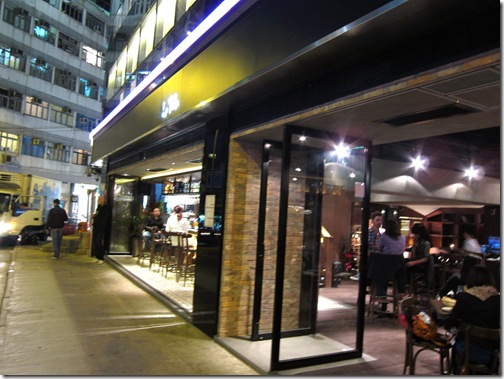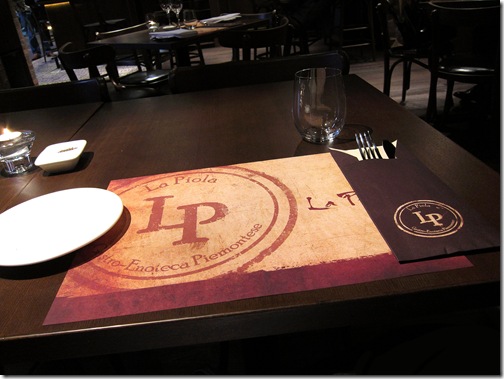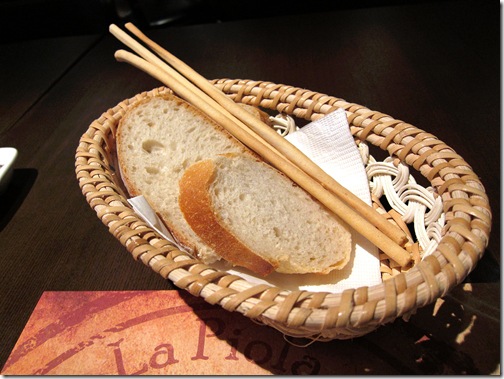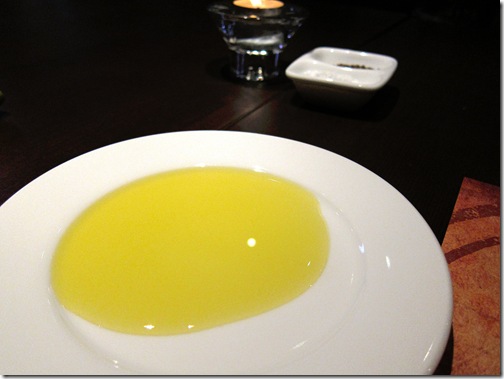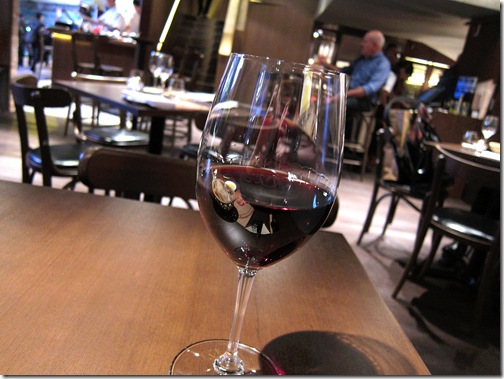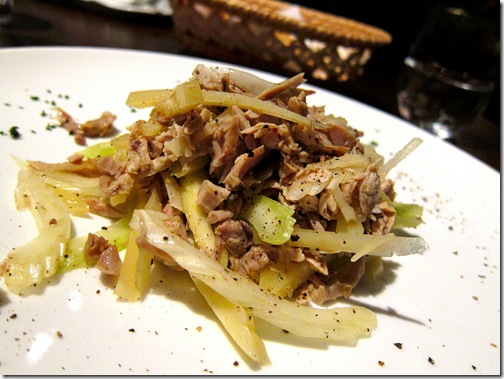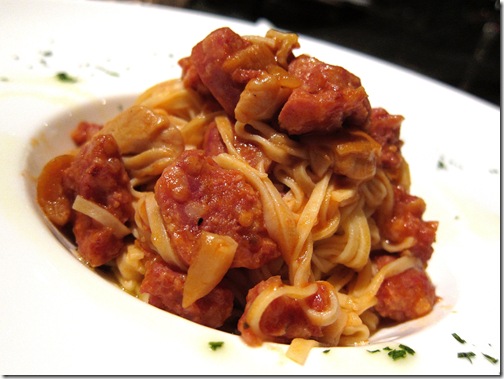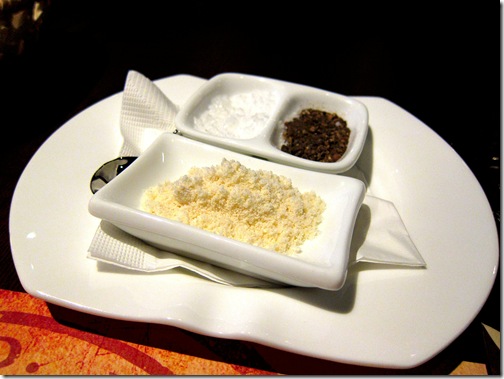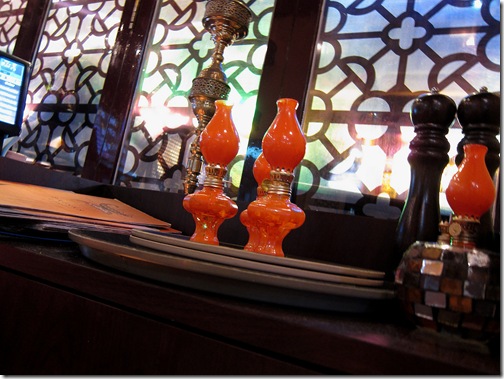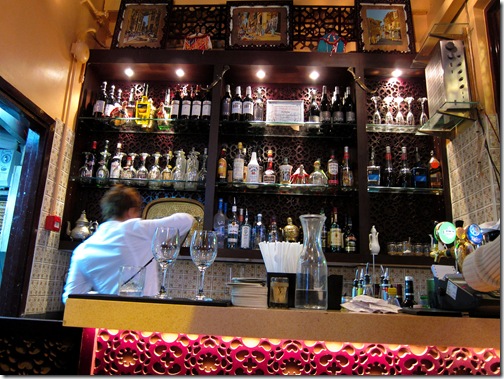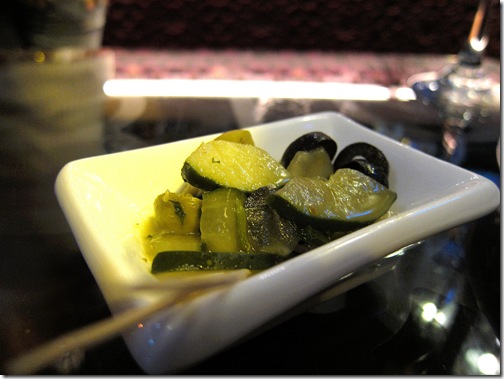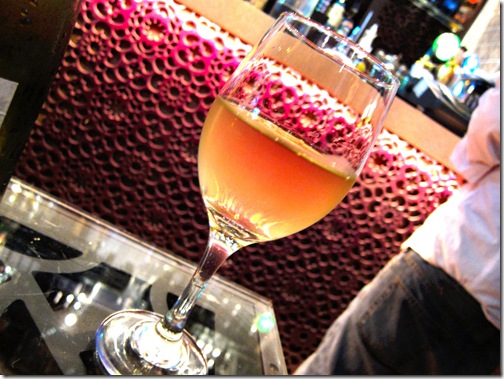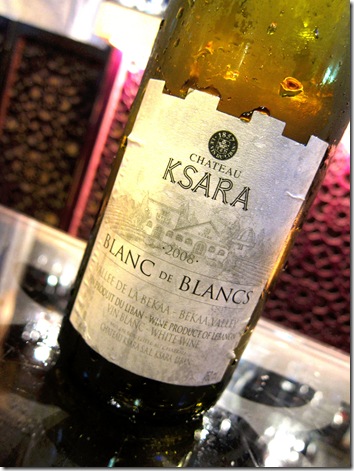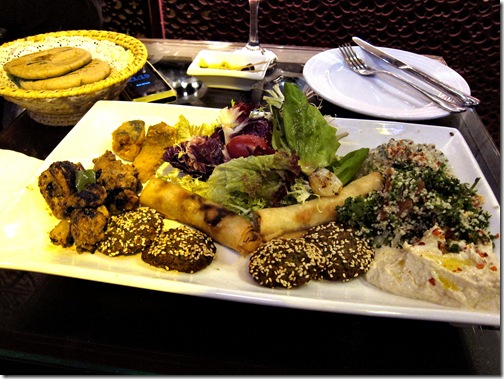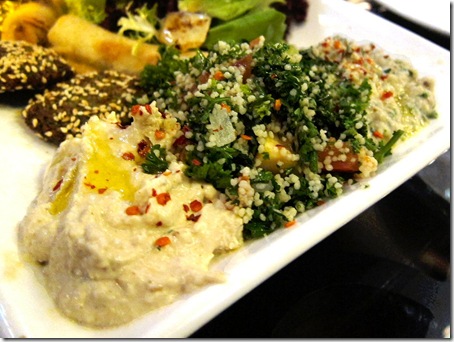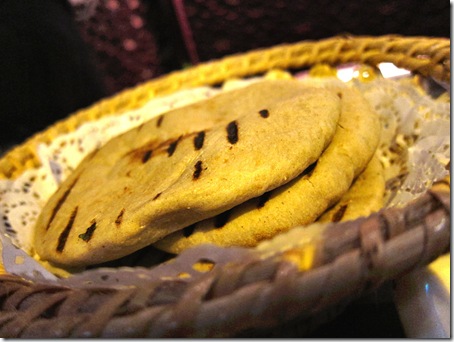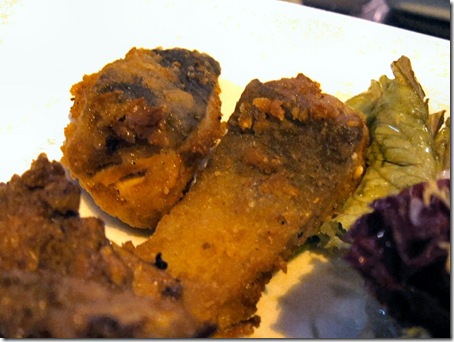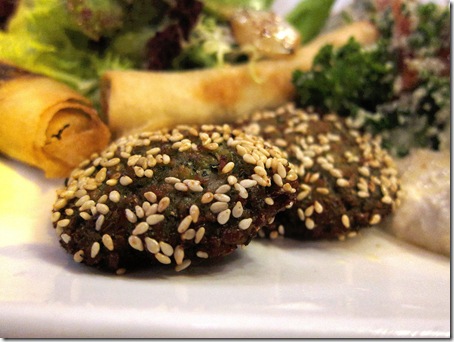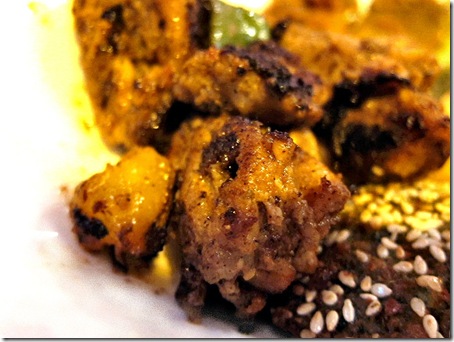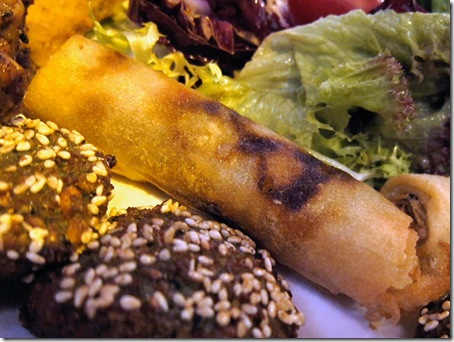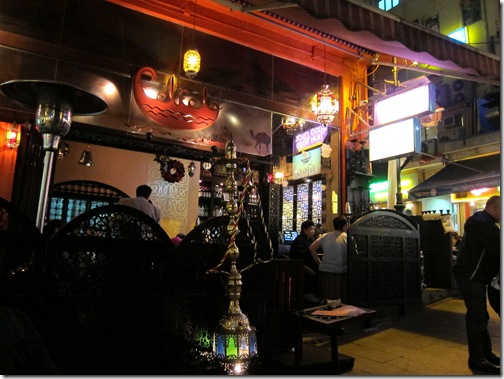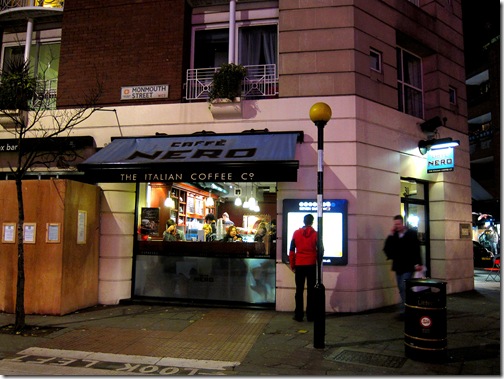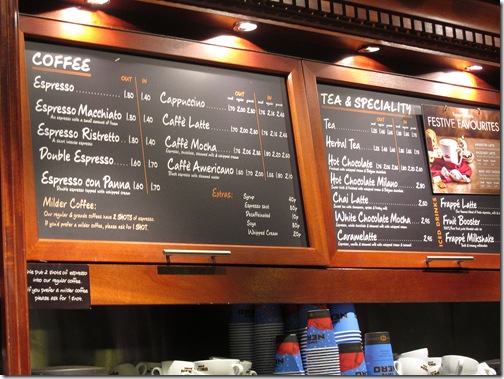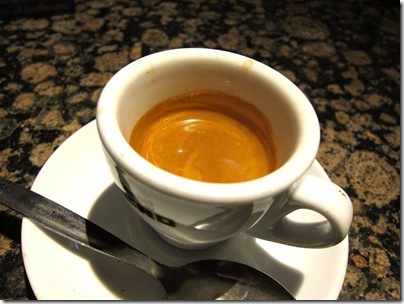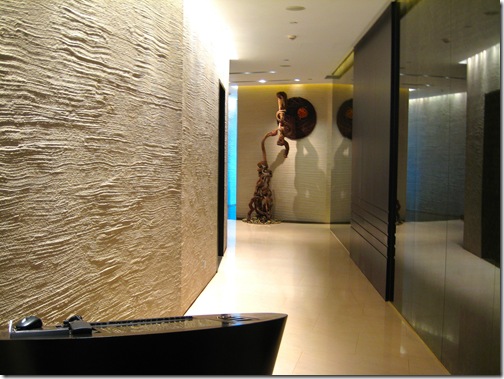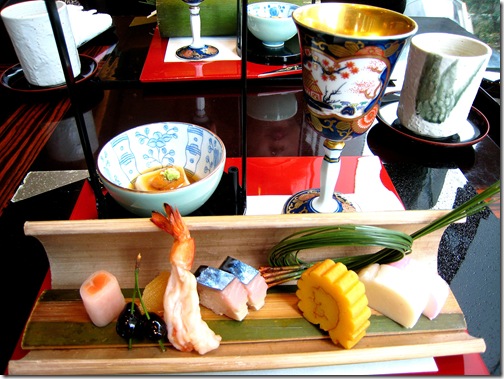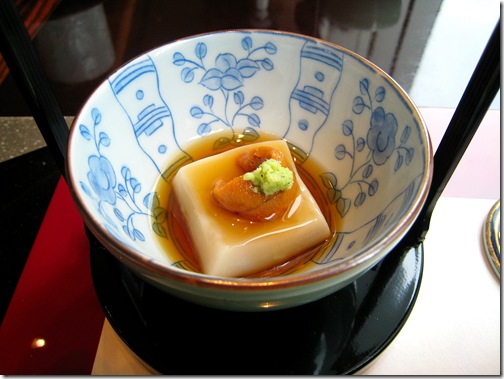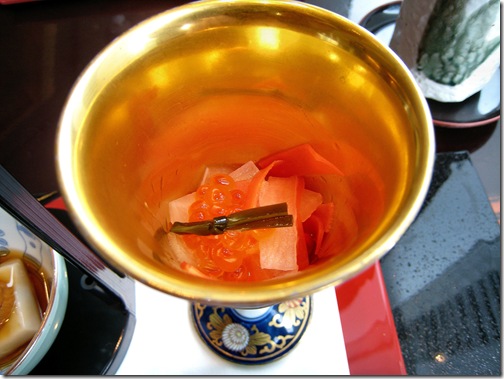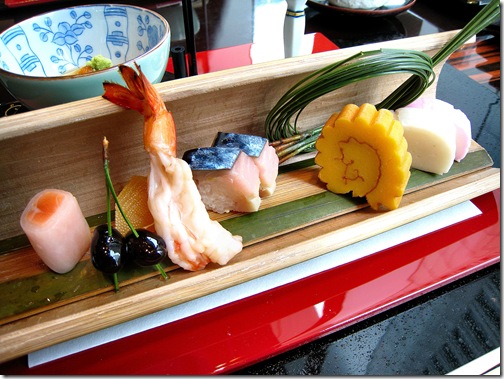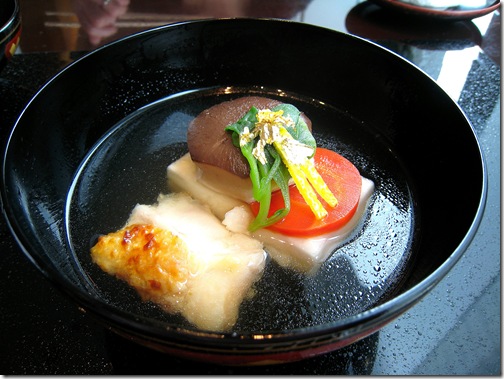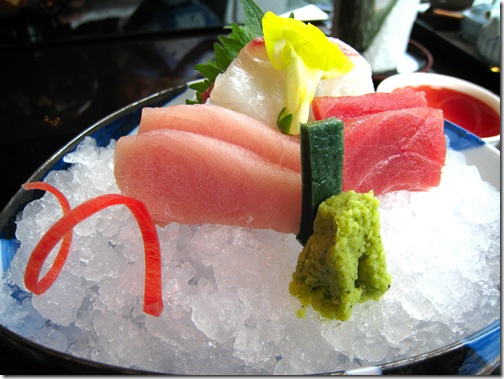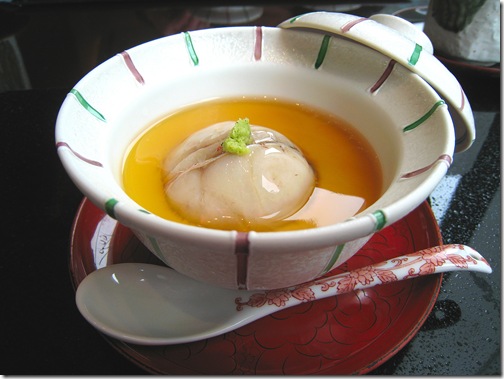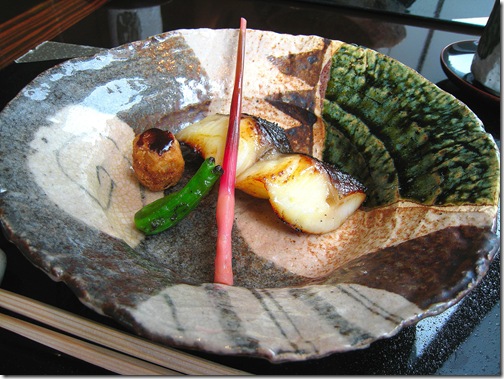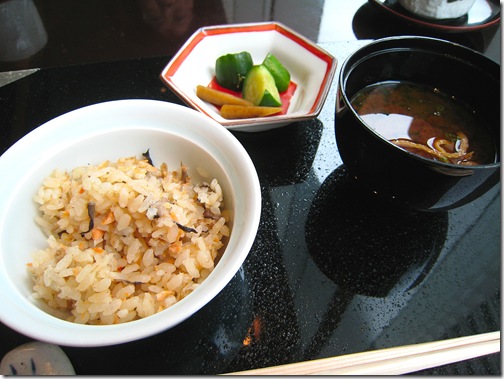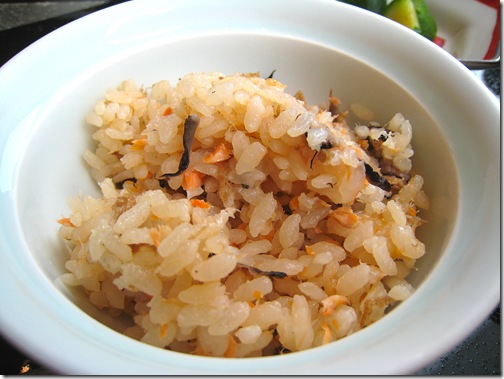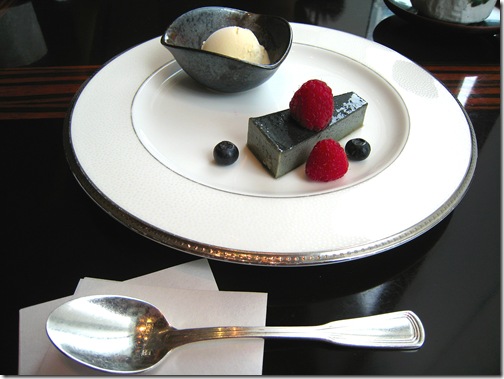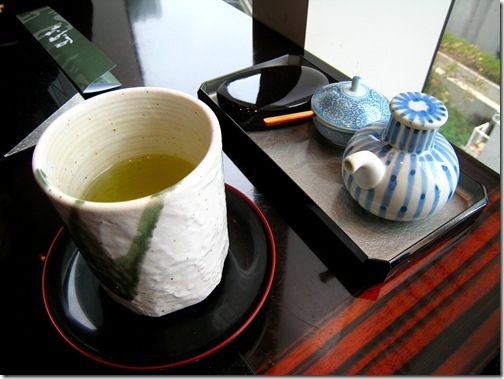I am not entirely a fan of the pan-Asian ramen noodles served in the Wagamama chain, but from a proprietor’s point of view you’ve got to give kudos to Alan Yau for creating the highly profitable business in the 1st place! Afterall if customers don’t buy the concept, it wouldn’t have been sold to another consortium at a premium price. You need to have an astute sense of what’s going to work on the market or not, never mind whether it is honestly really good or authentic in nature! Alan Yau was born in Hong Kong but grew up in London, and unlike the non-Cantonese cuisine served in the equally Michelin 1 Starred Kai (owned by a Malaysian-Chinese), the likes of Hakkasan and 丘記茶苑 have menus more or less aligned with proper Cantonese cuisine, probably with a sensible nouvelle twist. There didn’t seem to be any fusionised food on the menu, except the Westernised desserts on display.
丘記茶苑 wasn’t even on my agenda to visit, although I was always curious about it as I’ve heard aplenty about its story,,. And believe it or not, as I became lost during a quest to find a nearby must-visit Cafe, somehow I managed to bump into this Yum Cha and Tea House anyway ~ speaking of fate! Well I guess I’ll sacrifice my British pie or Cumberland sausages for a Michelin 1 Star Yum Cha session instead that day!
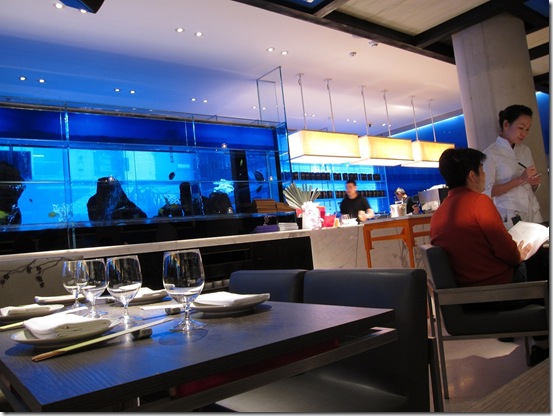
Downstairs of Yauatcha.
Not really my type of design for a Dim Sum dedicated shop.. but anyway
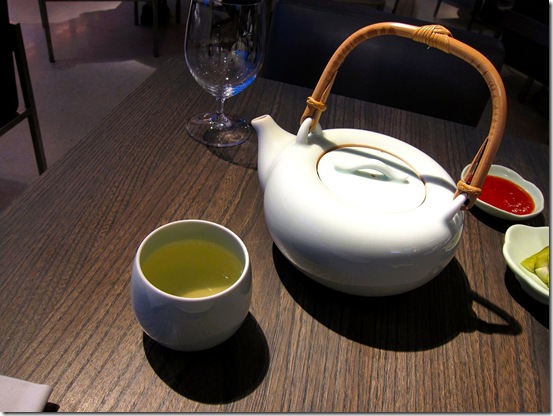
三陝龍井茶 (Dragon Well Green Tea from Taiwan) -
I believe I’ve never drank Taiwan produced Dragon Well before, as I normally drink the Chinese ones, one of my favourite teas in the world. With a famous Taiwanese Tea Mistress Hsieh Chih Chang looking after the tea selections here including the cups and tea pots, this is being well looked after. And this tea didn’t disappoint, it was lightly elegant, though more green than the yellow-green type I am used to. Its definitely unique and very likeable, even slightly Japanese in style ~ 9.5/10
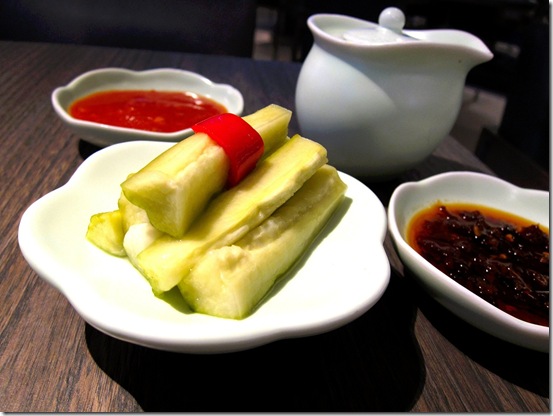
醃青瓜 (Chinese Dill Pickle!) -
This is meant to be an appetiser, and rightly so. Actually this was quite sour and unlike most Cantonese versions which are milder or sometimes even chili-hot. Although occasionally you do spot them in Wonton Shops in Hong Kong as an alkaline cleanser. Strangely, this worked very well in opening up the palate personally speaking ~ 9/10
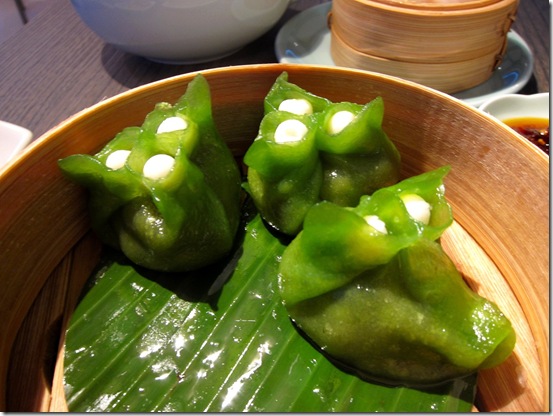
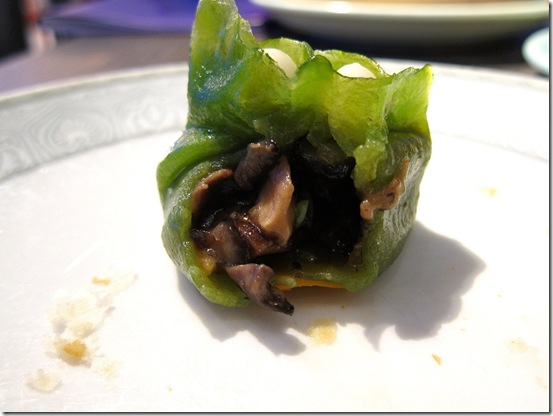
珍珠玉杯餃 (Wild Mushroom Dumpling) -
Made up of Oyster mushroom, Shimeji, Shiitake and Euryale Seeds (芡實), the skin was thin and elastic, the filling was drop dead gorgeous. Topped with 3 white glutinous pearls just to give it more texture. I am not joking, I think about this dumpling every 2nd day still ~ 10/10
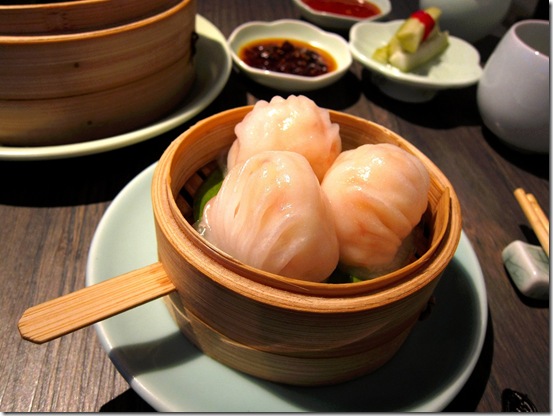
筍尖鮮蝦餃 (Prawn ‘Har Gau’ Dumpling) -
Don’t be fooled by the apparent gigantic size of these, as these were served in a cute and tiny bamboo basket – they are actually sized just like the normal ones available. The skin was translucent and chewy, not too thick but more aligned with Mainland Chinese rather than its Hong Kong siblings. Very fresh tasting and excellent, balanced by some bamboo shoots ~ 9/10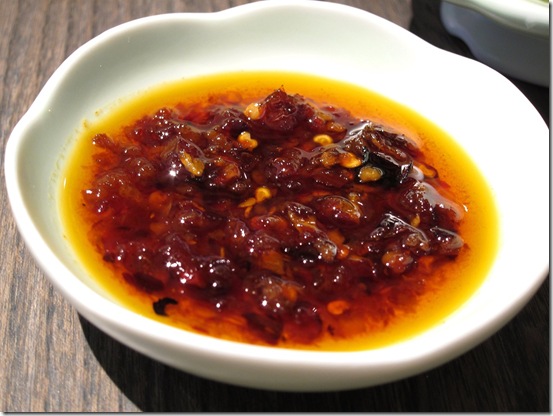
Excellent Chili Sauce

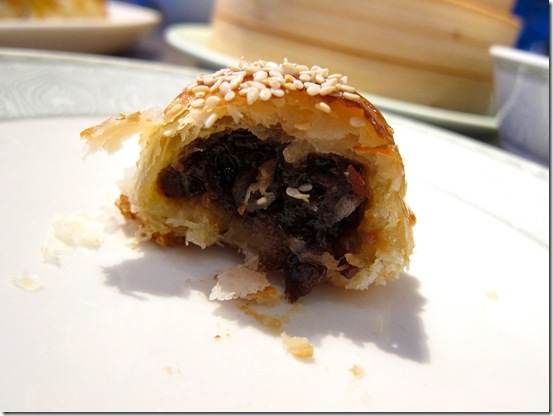
黑椒鹿肉酥 (Baked Venison Puff) -
This isn’t a dish you’re likely to see in Hong Kong, where venison game meat is scarce. In this instance, it was adapted very well into Chinese cuisine and with novelty. The meat and sauce was perfect, not overly gooey or peppery, and had enough diced meat to give it a gamey flavour. Pastry was also baked well, without being too lardy and oily, yet crisp and moist ~ 10/10
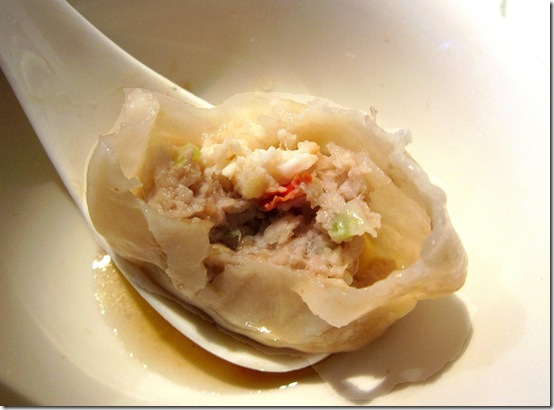
帝王蟹小籠包 (King Crab Shanghai Xiao Loong Bao) -
Real Shanghainese Crabs are not readily available outside of Asia or Japan. White Crab Meat, rather than Crab Roe versions of Xiao Loong Bao are therefore not a rare scene outside of Asia, even 鼎泰豐 of Sydney needed to adapt to change their signature recipe. It might as well, as the version here was really sweet and balanced with the pork filling. The skin might not be as thin as Din Tai Fung, but its right up there with the best of the rest, and it was surprisingly soupy. Very enjoyable and surprising to see this quality outside of HK or Shanghai, albeit with a slight twist ~ 9/10
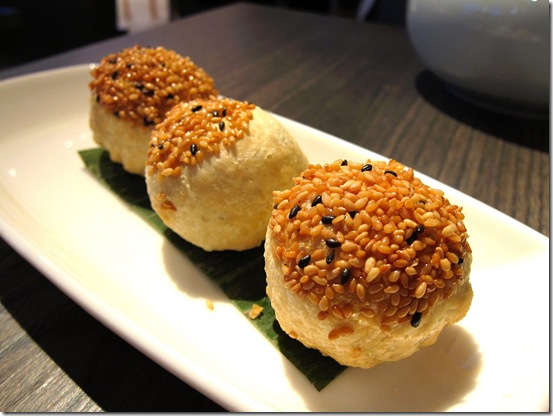
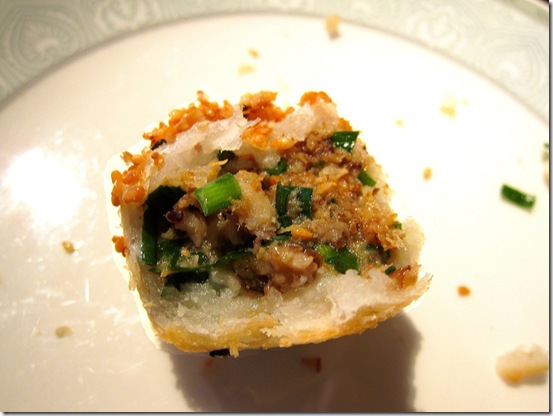
扣肉花酥盒 (Pork and Chive Box Dumpling) -
I wasn’t overly happy to see that there’re no pickled mustards in this dim sum, as it would have elevated it into a different realm. This to be fair tasted great, but the 扣肉 name was deceiving as it was not very dark braised nor came with aforementioned pickles!
The chives have no place in a 扣肉 based dish ~ 7/10
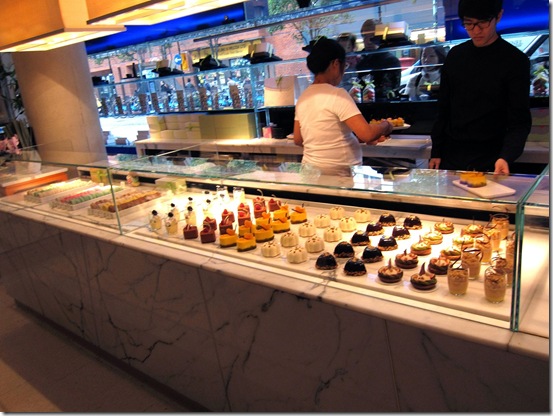
Also known for their Western Styled desserts, which I was not interested in…
They should do some proper Chinese desserts instead.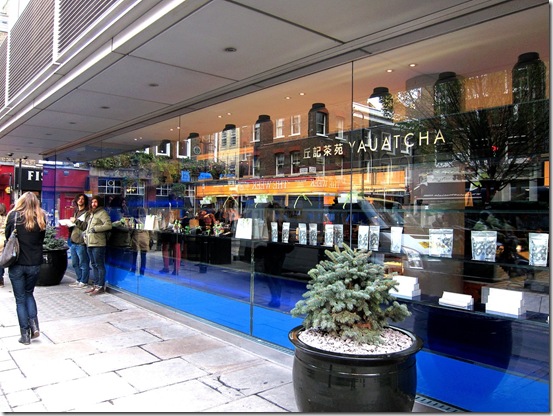
The Outside, too blue for me!
Food was designed and executed very well. The only restaurants I’ve been to in HK which can make dim sims of such quality so far, are YAN TOH HEEN, DYNASTY (traditional type done very well) and MAN WAH @ Mandarin Oriental, may be also TIM HO WAN. Yauatcha is priced around the same as LUNG KING HEEN, YAN TOH HEEN and FOOK LAM MOON..
Price: £33.75 Pounds incld. VAT
Score: ★★★★★☆
Opening Hours:
Mon to Sat - 12:00pm – 23:45pm
Sun - 12:00pm – 22:30pm
Address: 15-17 Broadwick Street. Soho, London, W1F 0DL
Ph: +44 (0) 20 7494 8888

